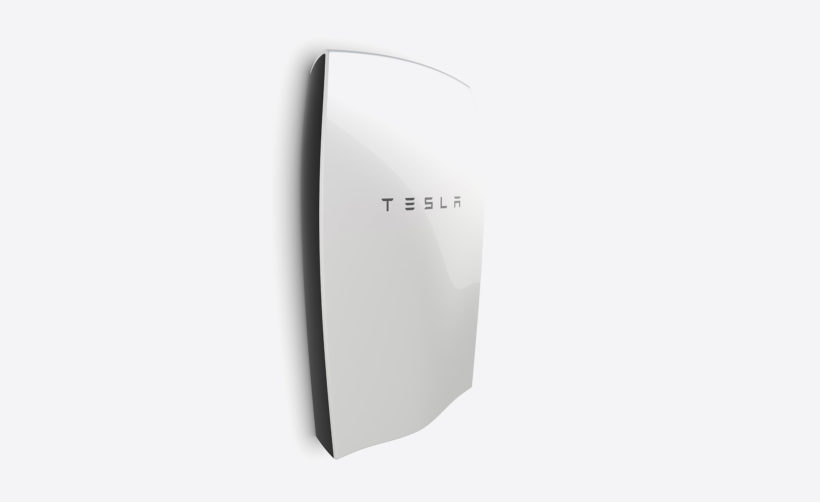The first markets for the Tesla Powerwall have been named, and Australia is one of them, with deliveries expected in 2015.
This highly anticipated and much sought after residential battery storage system has been described by Tesla CEO Elon Musk as changing the “entire energy infrastructure of the world”.
The system is aimed to shift the worlds focus from fossil fuels to renewable energy sources, and to create a cleaner energy ecosystem.
Telsa recently announced that the 7kWh home energy storage units would be launched in Australia alongside North America as well as DACH in Europe.
The Powerwall’s will be distributed late 2015 through an expanding list of Telsa Energy partners, ahead of past predictions which thought that the earliest would be 2016.
Reposit Power, whom are based in Canberra, are one of the said partners, and they are currently undergoing a series of trials that enable properties with energy storage and solar to use/trade energy during the day.
In May, Reposit Power announced that Tesla’s energy storage system would be integrating with their technology.
Australia is described as a core market by Tesla Energy for its products, thanks to the tariff structure, much suited solar resources and high electricity costs.
The Australian renewable industry
The introduction of the Tesla Powerwall to the Australian market will not only change the way Australians consume energy, it will boost one of our fastest growing sectors, helping Australian owned businesses.
Natural Solar, a Sydney-based solar installer is one such company hoping to benefit from the Tesla Powerwall boom heading for our shores. The innovative company has gone so far as to set up their business model to accommodate the Tesla Powerwall and other storage solutions easily into existing systems.
As a leading solar system installer, Natural Solar hopes to help Australian households improve things like their asset value and carbon reduction by being at the forefront of the next wave of the solar revolution – which is focused strongly on the very promising storage solutions emerging on the market.
Following the announcement of their powerwall earlier this year, Tesla introduced various manufacturers into the Australian market, resulting in a decrease of the price of battery storage.
According to researchers, battery storage business is expected to be booming and a mass market product by just 2020.
This prediction is thanks to a number of factors including the fall of system price, traction of energy services business models and cost reflective tariffs, as well as feed-in tariffs being wound back.
In terms of the move towards a high renewable energy grid, it has been noted that households will be a key player in achieving this.
This is because of the potential of battery storage helping grid operators and consumers.
The Labor government is pushing the Renewable Energy Target (RET) of 50 per cent renewables achieved by 2030, however Malcolm Turnbull the new prime minister describes this act as “reckless”.
Turnbull’s comments were very alarming, given his presumed support for renewable energy.
In the most recent press release, Tesla said that “due to the unique structure of retail electricity and the feed-in-tariff solar pricing options across the country,” their lithium-ion daily cycling Powerwall battery is a smart option for families in Australia with rooftop solar.
Australia’s largest markets for energy storage will be found in areas that pay a small amount for the output from solar arrays to the grid.
New installations will be included, and so will areas such as NSW that are losing their solar premium tariffs (approximately 160,000 households) by the end of 2016.
Head of Bloomberg New Energy Finance, Kobad Bhavnagri, has labelled solar power and battery storage as “unstoppable”.
He predicted that in two decades, energy storage in Australia will be sitting at 33GWh and rooftop solar at 37GW.
The Tesla Powerwall battery is said to be upgraded to a capacity of 3.3kw, allowing solar users to store the peak and continuous energy they generate in high level sunlight hours and save it for night time or overcast days, rather than having to resort to the grid.
Originally published on Australian Solar Quotes:



Leave a Reply